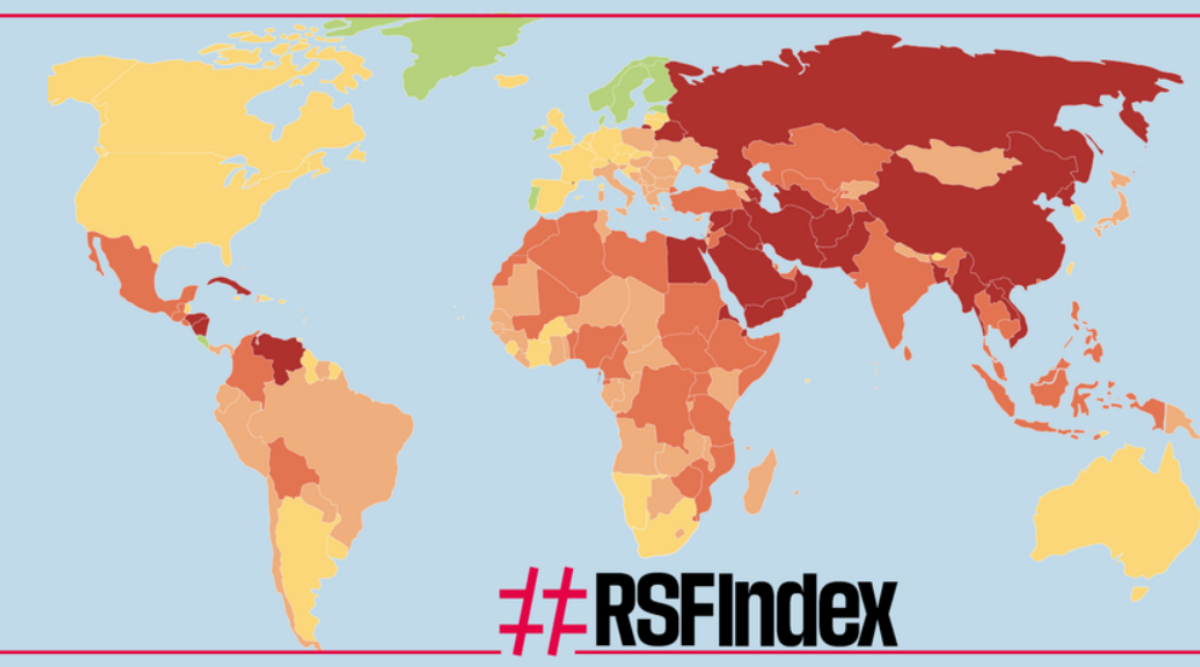Nasir Azam
In a significant move, the Jammu & Kashmir government has directed deputy commissioners of Kashmir Valley to come up with comprehensive plans for the restoration of water bodies (ponds and lakes) in their respective jurisdictions.
Documents in possession of news agency—Kashmir News Observer (KNO), reveal that authorities have directed all deputy commissioner of Kashmir Valley to come up with information on a number of identified water bodies, location details, water quality status, compliance status with regard to designated best use, identified water bodies which require restoration, prioritization, of water bodies requiring restoration and detailed action plans for the restoration of identified polluted water bodies.
The exercise has been initiated as a follow-up to directions passed by National Green Tribunal, New Delhi.
The massive exercise, on directives of the National Green Tribunal(NGT), could be seen as first step towards conservation of water bodies in Kashmir Valley which are shrinking due to encroachments and apathy of successive regimes of J&K.
According to minutes of meeting chaired by divisional commissioner Kashmir Pandrung Pole on June 26, all the DCs were directed to demarcate the land record of water bodies and remove encroachments if any.
They were also directed to ensure compliance to the protection and restoration of water bodies in light of NGT directives.
The record note reveals that one pond/ water body must be restored in every village, apart from the creation of any new pond/ water body as directed by NGT.
In the meeting, the deputy commissioners of Budgam, Pulwama, Bandipora, Baramulla and Srinagar to submit action taken report on mapping and installation of boundary walls around Hokersar wetland, Wular lake and Kranchoo-Chandhara water bodies.
After NGT’s orders, the Central Pollution Control Board wrote to Jammu & Kashmir Pollution Control Board for submitting information relating to water bodies.
Subsequently, the J&K Pollution Control Board requested divisional commissioner Kashmir to direct deputy commissioners to furnish these details. On June 01, divisional commissioner Kashmir wrote to all deputy commissioners to provide requisite information to PCB.
It is worthwhile to mention here that J&K and Ladakh UTs have 3651 big and small wetlands spread across 22 districts. Four wetlands are identified as Ramsar Wetlands of International Importance. They are Hokersar and Wular in Kashmir, Tsomoriri in Ladakh and Surinsar-Mansar in Jammu—(KNO)











